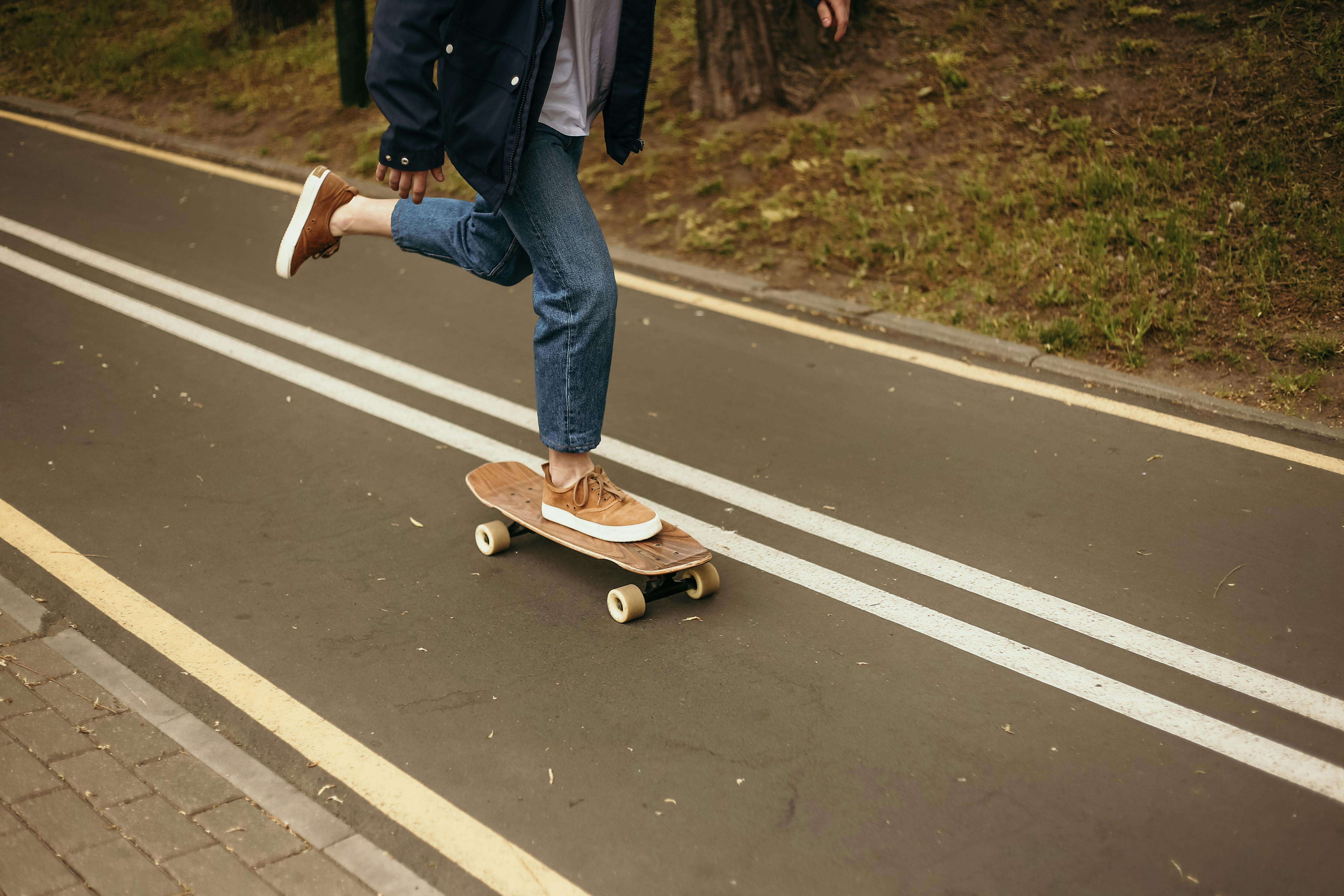Prevent foot problems when walking
Americans are on the move. According to an NSGA survey, 71 million American adults walk, making walking the number one sport in the United States. Taking daily steps to improve your health will help fight America’s obesity epidemic. Sixty-five percent of Americans are overweight, which is linked to diabetes, heart disease, arthritis, and some cancers. Walking an additional 2,000 steps a day is equivalent to walking a distance of 1 mile and burning 100 calories. Burning an extra 100 calories a day is equivalent to losing about 10 pounds in a year.
The American Podiatric Medical Association partnered with Prevention Magazine to name the “12 Best Walking Cities in the US.” The top 12 cities were San Francisco, San Diego, Honolulu, Washington, DC, San Antonio, El Paso, St. Louis, Madison, Chicago, Philadelphia, New York, and New Jersey.
National campaigns, health professionals, and even large corporations encourage Americans to walk more. Unfortunately, many sedentary people who start walking programs quickly develop foot problems. Nearly sixty million Americans have foot problems, and many develop them after starting a new exercise routine. A foot injury can take weeks, even months to heal and many will gain more weight during this healing period. Preventing these problems through education will keep Americans walking.
1. Buy a shoe made for walking. Make sure the shoe has enough stability and support. If you can fold the shoe in half, it’s too flexible. Make sure the shoe has enough toe room and a good heel fit.
2. Start on flat surfaces. Do not start a walking program by walking up hills or stairs.
3. Start with a short distance. Keep that distance for a week. If you have no pain or injury, increase the distance the following week.
4. Start with an easy pace. Increase your pace gradually.
5. Choose soft surfaces. Walking on a track or trail will lessen the impact on your feet and legs. Concrete can be a particularly hard surface to walk on.
6. Limit your time on the treadmill. Treadmills can contribute to the development of foot problems. Start on the flat treadmill and at a slow pace. Slowly increase your pace each week. Increase the incline after you have reached a comfortable pace.
7. Stop if you feel pain in your foot or ankle. Don’t try to walk through the bread.
8. Examine your feet. Look for areas of chafing or irritation the first few weeks of your walking program and then again after trying on new shoes or socks. Moleskin can be placed on areas of irritation to help decrease friction. Do not use Band-Aids on these areas.
9. Consider wearing braces. People with flat feet may need shoe inserts. When shopping for insoles, look for sports insoles, rather than cushioning insoles. A stiffer insert will offer more support. A podiatrist can make custom orthotics if needed.
10. Avoid cotton socks. Synthetic socks reduce friction, prevent excessive rubbing, and do not absorb moisture. Your local athletic store or sports store should have a variety of new high-tech walking socks.
See your podiatrist if you start to feel pain when walking, or consider a visit before embarking on your new walking program.
